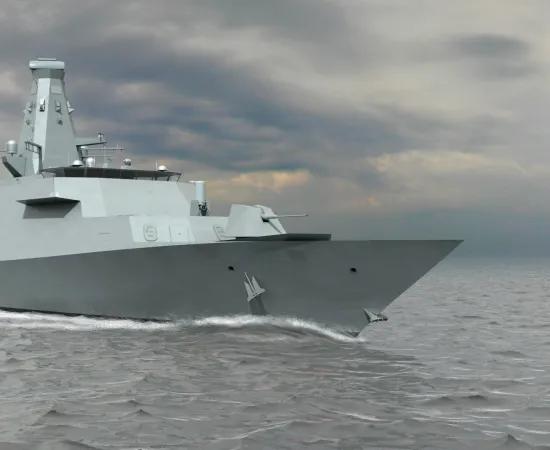
QUALIFY | enabling qualification of hybrid structures for lightweight and safe maritime transport
The advancement in composite materials allows building primary maritime structures traditionally made of steel, e.g. ship superstructure. Steel and composites can be bonded together using adhesives, forming a hybrid (steel-composite) joint. Despite of the many benefits of composite and hybrid joints, the lack of correct guidelines for approval and design has prevented their uptake by the maritime industry, limiting their usage to secondary structures. This is partly because the long term behaviour and failure of hybrid joints is not yet understood. The goal of the EU funded QUALIFY project is to fill this knowledge gap, enabling the development of such guidelines, with the correct objective promote the use of hybrid joints in primary structures in a marine environment.
Goals
The project objectives are:
- to enable the certification of hybrid joints for primary structures applications (2022),
- the widespread use of adhesively bonded hybrid structures in shipbuilding (2022 - 2025),
- the gradual replacement of metallic parts with hybrid structures in other sectors, e.g. wind turbines (2022 - 2030).
Approach
The QUALIFY project is organized in three technical work packages (WP1, WP2, WP3) and two non-technical: management (WP4) and Dissemination (WP5).
WP1 - Long term performance of hybrid structures: the long-term mechanical performance of the adhesively bonded joint is evaluated under representative operational and environmental conditions. The investigation plan focuses on understanding and predicting the coupled effect of applied load and environmental conditions, thereby reflecting the influence of the real conditions in which the hybrid structure operates.
WP2 - Inspection and monitoring: a structural health management methodology is developed for in-situ monitoring of hybrid adhesive joints, consisting of:
- Early prediction of damage by means of different NDT techniques: fibre optical strain gages, thermography, ultrasonic, acoustic emission, etc.
- Reliability assessment of the sensing techniques to detect damage due to environmental conditions.
- Guidelines for the use of NDT techniques for inspection of hybrid adhesive joint in a marine environment.
WP3 - Guidelines for the qualification of hybrid bonds: a qualification procedure for adhesively bonded hybrid joints (steel/composite) representative for marine and offshore structures is developed with a focus on the long term performance of the adhesive bonds in marine and offshore environments.
Target group
The advantages of composites (lightweight, anti-corrosion) can offer benefits to many industries, with offshore, maritime and transport industry in particular. Steel and composites can be bonded using adhesives, forming a hybrid (steel-composite) joint that presents several advantages with respect to bolted and welded joints:
- Significant operational cost saving
- Low-cost fast manufacturing
- Lower tolerance requirements compared with bolting
- Increased building safety. No hot works and induced welding deformations
- Can join dissimilar materials such as composite-steel, which is not possible by welding
Reference(s)
19-0287, Interreg-Qualify
Project partners
- MI2
- TU Delft
- Universiteit van Cambridge
- DAMEN
- Bureau Veritas
- UGent
- Com&Sens
- Parkwind
- Lloyd’s Register
- Sirris
- BAE Systems

